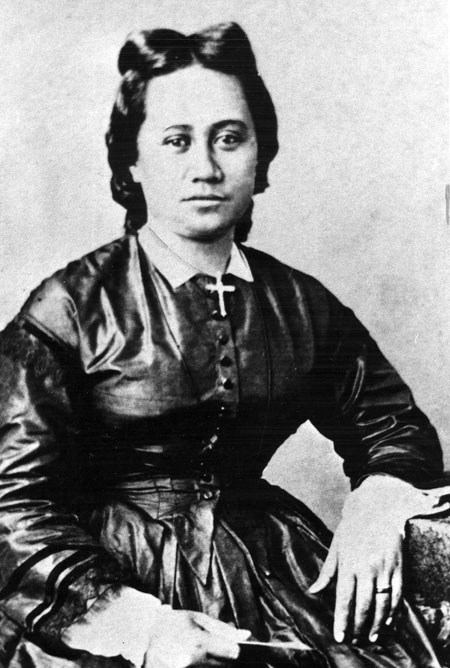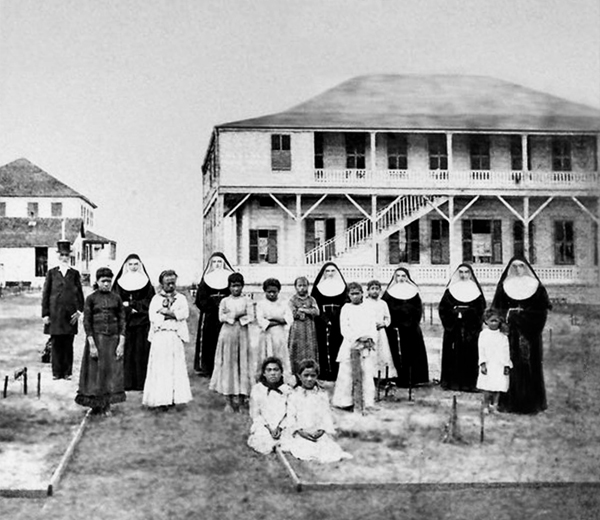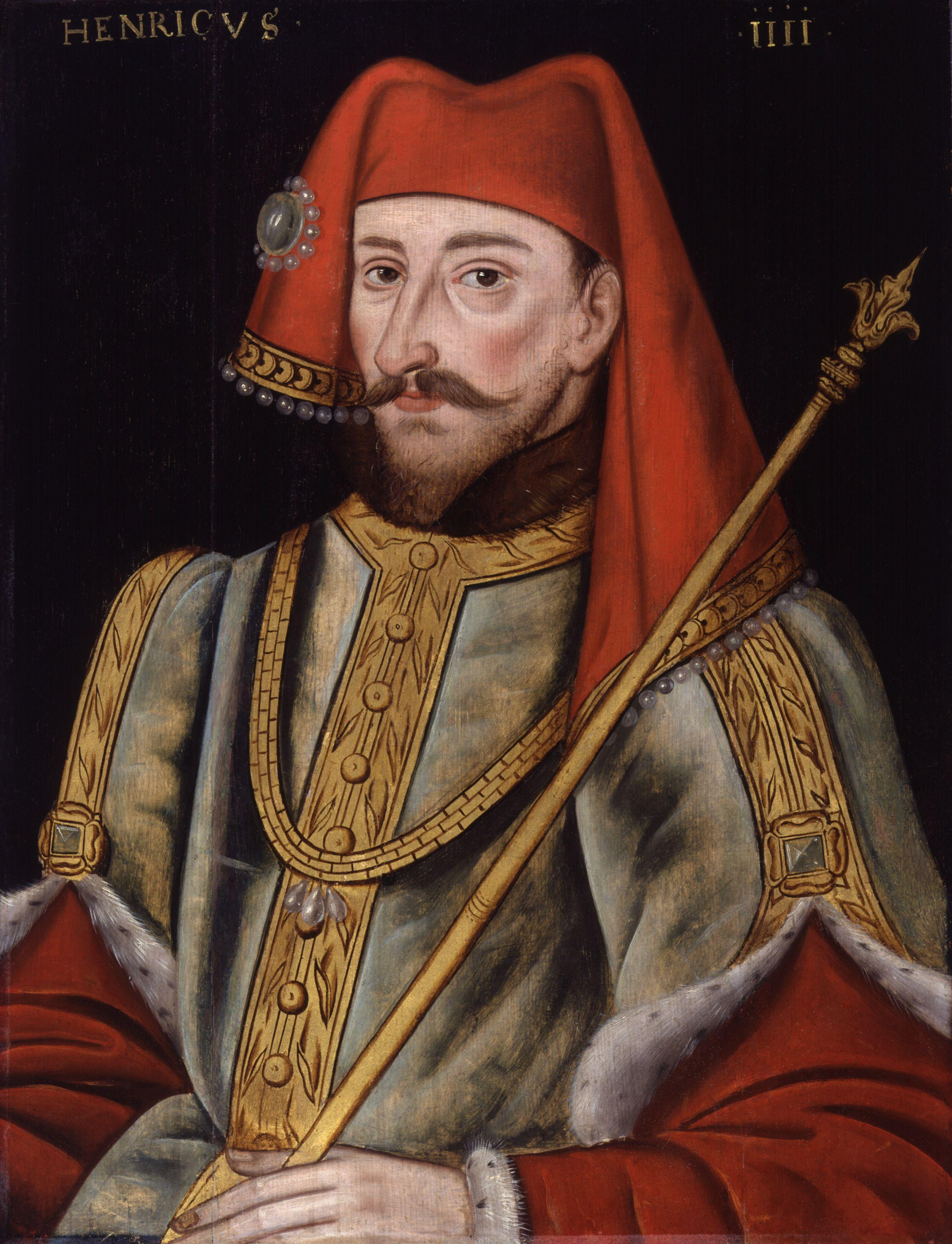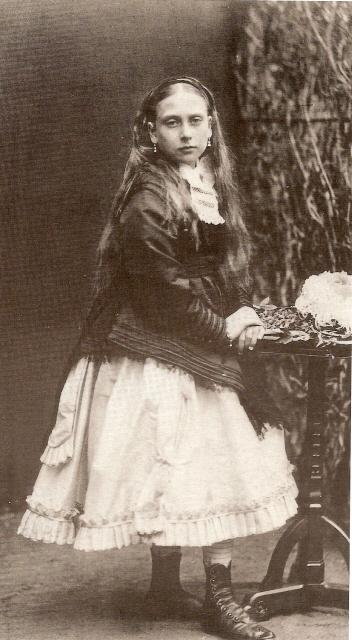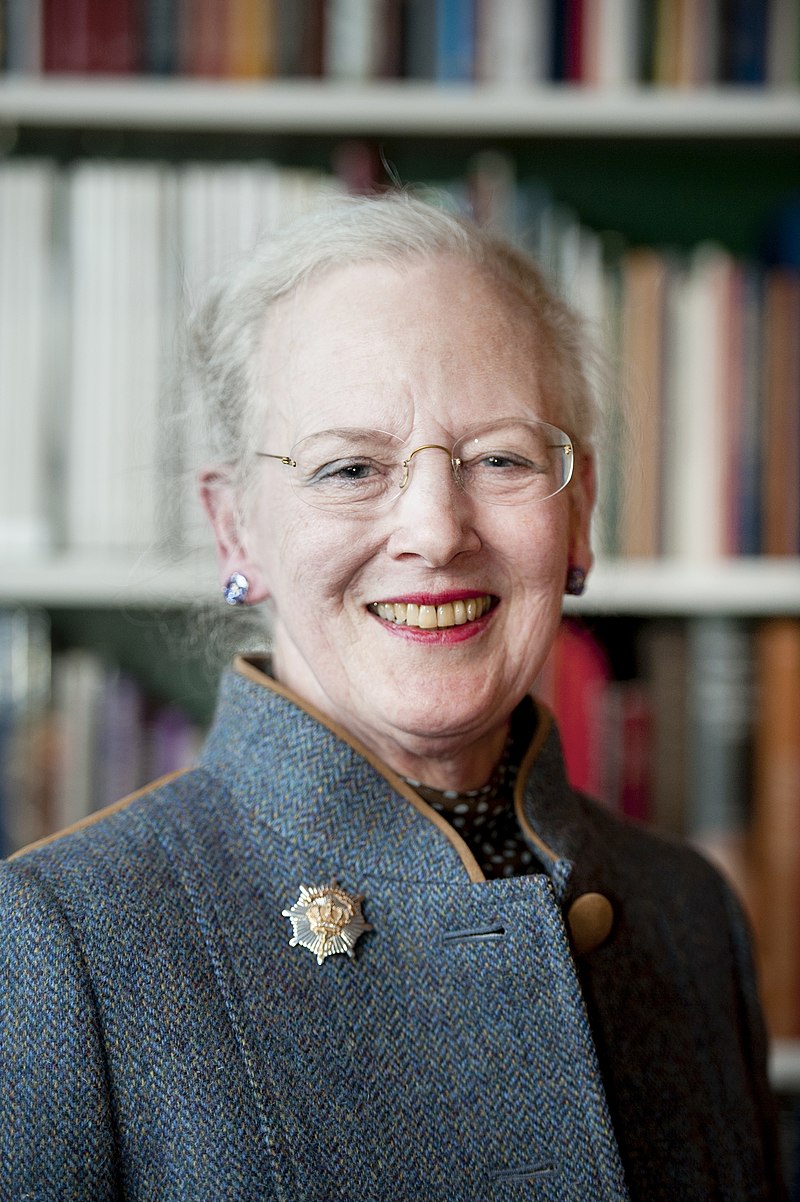© Unofficial Royalty 2024

Louisa Maria Teresa Stuart, daughter of the deposed King James II of England; Credit – Wikipedia
April 18, 1712 – Death of Louisa Maria Teresa Stuart, daughter of the deposed King James II of England, at the Château of Saint-Germain-en-Laye in Saint-Germain-en-Laye, France; buried at the Chapel of Saint Edmund in the Church of the English Benedictines in the Rue St. Jacques in Paris, France
Louisa and her brother James Francis Edward both fell ill with smallpox. Her brother recovered, but Louisa’s condition became steadily worse, resulting in her death. Louisa was buried with her father at the Chapel of Saint Edmund in the Church of the English Benedictines in the Rue St. Jacques in Paris, France. In 1793, the Chapel of Saint Edmund and all the English Benedictine buildings were destroyed by a mob along with the remains of King James II and his daughter Louisa Maria Teresa. Some of their remains were discovered after the French Revolution and reburied in 1824 at the Parish Church of Saint-Germain-en-Laye in France
Unofficial Royalty: Louisa Maria Teresa Stuart
April 18, 1713 – Death of Dorothea Maria of Saxe-Gotha-Altenburg, Duchess of Saxe-Meiningen, first wife of Ernst Ludwig I, Duke of Saxe-Meiningen, in Meiningen, Duchy of Saxe-Meiningen, now in Thuringia, Germany; buried in the Castle Church at Elisabethenburg Palace in Meiningen
Dorothea Maria’s marriage to her first cousin Ernst Ludwig I, Duke of Saxe-Meiningen was a happy one, and both she and her husband shared the same interests in music and the arts. The couple had five children. She devoted much of her time to charitable works including supporting the orphanage in Meiningen. Because of a condition referred to as facial fluxes, probably a nervous condition, she spent much of her time living in the countryside. Sadly, Dorothea Maria died at the age of 39.
Unofficial Royalty: Dorothea Maria of Saxe-Gotha-Altenburg, Duchess of Saxe-Meiningen
April 18, 1824 – Birth of Woldemar, Prince of Lippe in Detmold, Principality of Lippe, now in North Rhine-Westphalia, Germany
Full name: Günther Friedrich Woldemar
In 1858, Woldemar married Princess Sophie of Baden but their marriage was childless. He succeeded his childless elder brother Leopold III, Prince of Lippe upon his death in 1875. Apart from his grandmother Princess Pauline, who served as Regent for eighteen years for her son Leopold II until he reached his majority, no other Prince of Lippe dealt with government affairs as successfully as Woldemar did. Woldemar and his elder brother Leopold were the only ones of eight siblings who married and neither had any children. Woldemar died in 1895, aged 70. His only surviving brother Alexander suffered from mental illness and had been declared incapacitated and therefore, was incapable of governing. A regency was necessary during the reign of Alexander. This created a succession crisis. After the death of Woldemar’s successor and brother Alexander and the extinction of the Lippe-Detmold line, the throne of the Principality of Lippe went to Count Leopold of Lippe-Biesterfeld who would be the last Prince of Lippe.
Unofficial Royalty: Woldemar, Prince of Lippe
April 18, 1861 – Birth of Eduard, Duke of Anhalt in Dessau, Duchy of Anhalt, now in Saxony-Anhalt, Germany
Full name: Eduard Georg Wilhelm
Eduard, Duke of Anhalt ruled for less than five months, just before World War I and the German Empire ended. He was succeeded by his son Joachim Ernst. As Joachim Ernst was not yet of age, Eduard’s brother Aribert served as Regent. With the German Empire crumbling at the end of World War I, Aribert, who had served as Regent for only two months, abdicated on Joachim Ernst’s behalf on November 12, 1918.
Unofficial Royalty: Eduard, Duke of Anhalt
April 18, 1865 – Birth of Johanna Loisinger, morganatic wife of Prince Alexander of Battenberg, former Prince of Bulgaria, in Preßburg, Hungary, now Bratislava, Slovakia
Full name: Johanna Maria Louise
Johanna was an opera singer who sang soprano operatic roles in Prague and Opava (now in the Czech Republic), in Linz, Austria, and at the court theater in Darmstadt in the Grand Duchy of Hesse and by Rhine (now in Hesse, Germany). She was one of the best-known singers of Mozart’s music of her time. After her husband’s death, Johanna and her children moved to Vienna, Austria where she was active in Viennese musical life and was involved in building the Academy Mozarteum in Mozart’s birthplace, Salzburg, Austria. Johanna served as president of the Vienna Mozart Society, the Vienna Concert Association, and the Vienna Symphony Orchestra.
Unofficial Royalty: Johanna Loisinger, Countess von Hartenau
April 18, 1890 – Birth of Grand Duchess Maria Pavlovna of Russia, daughter of Grand Duke Paul Alexandrovich of Russia and Princess Alexandra of Greece and Denmark, at her father’s palace on the English Embankment in St. Petersburg, Russia
A first cousin of both Nicholas II, the last Emperor of All Russia and Prince Philip, Duke of Edinburgh, Maria Pavlovna made an unsuccessful marriage to Prince Wilhelm, Duke of Södermanland, son of King Gustav V of Sweden. She left her husband and son and returned to Russia which caused a great scandal in Sweden. The marriage was officially dissolved and Maria’s son Lennart remained in his father’s custody, was raised primarily by his paternal grandmother Queen Victoria of Sweden, and rarely saw his mother during his childhood.
Unofficial Royalty: Grand Duchess Maria Pavlovna (the Younger) of Russia
April 18, 1905 – Birth of Princess Margarita of Greece and Denmark, Princess of Hohenlohe-Langenburg, sister of Prince Philip, Duke of Edinburgh, at the Royal Palace in Athens, Greece
One of the four elder sisters of Prince Philip, Duke of Edinburg, in 1931, Margarita married Gottfried, Prince of Hohenlohe-Langenburg and the couple had five children. Although Margarita and her sisters were not invited to their brother Philip’s wedding in 1947 due to the strong anti-German sentiment so soon after World War II, she and Philip remained close. In 1950, she was named as one of the godparents of Philip’s daughter Princess Anne. In 1953, Margarita, her surviving sisters, and their mother were prominent guests at the coronation of Queen Elizabeth II.
Unofficial Royalty: Princess Margarita of Greece and Denmark, Princess of Hohenlohe-Langenburg
April 18, 1917 – Birth of Princess Frederica of Hanover, wife of King Paul I of Greece, in Blankenburg am Harz in the Duchy of Brunswick, now in Saxony-Anhalt, Germany
Full name: Frederica Louise Thyra Victoria Margaret Sophie Olga Cecily Isabelle Christina
Frederica’s father Prince Ernst August of Hanover, Duke of Brunswick was the senior male-line descendant of King George III of the United Kingdom via his son Ernest Augustus, King of Hanover and Duke of Cumberland. Her mother Princess Viktoria Luise of Prussia was the only daughter of Wilhelm II, German Emperor and a great-granddaughter of Queen Victoria. Frederica is the maternal grandmother of Felipe VI, the current King of Spain.
Unofficial Royalty: Frederica of Hanover, Queen of Greece
April 18, 1969 – Birth of Sayako Kuroda, born Princess Nori of Japan, daughter of Emperor Akihito of Japan, at the Aoyama Detached Palace in Tokyo, Japan
At the time of her marriage in 2005, she left the Imperial Family and took the surname of her husband as required by Imperial Household Law.
Unofficial Royalty: Sayako Kuroda, formerly Princess Nori of Japan
April 18, 2007 – Birth of Prince Lerotholi Seeiso of Lesotho, heir apparent and son of King Letsie III of Lesotho, in Maseru, Lesotho
Unofficial Royalty: Prince Lerotholi Seeiso of Lesotho
This article is the intellectual property of Unofficial Royalty and is NOT TO BE COPIED, EDITED, OR POSTED IN ANY FORM ON ANOTHER WEBSITE under any circumstances. It is permissible to use a link that directs to Unofficial Royalty.





